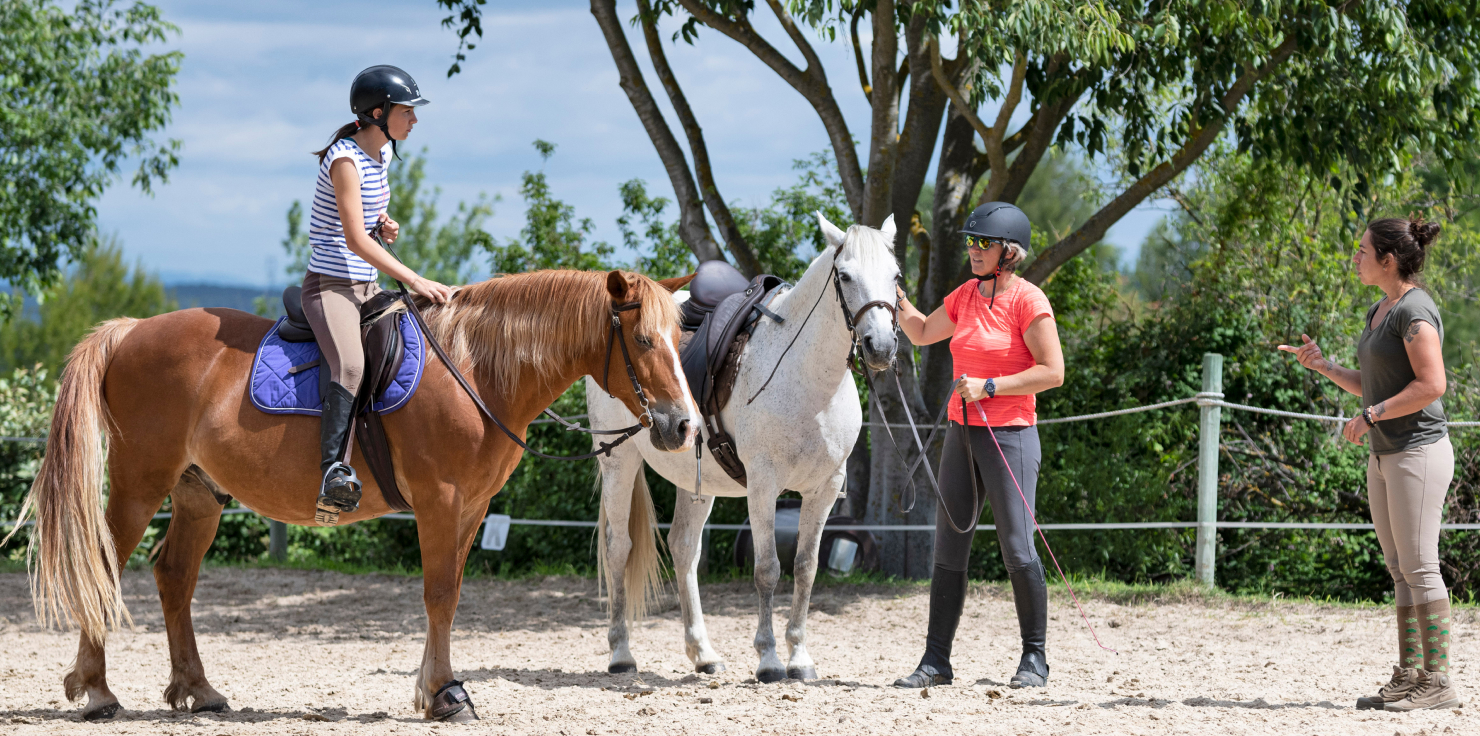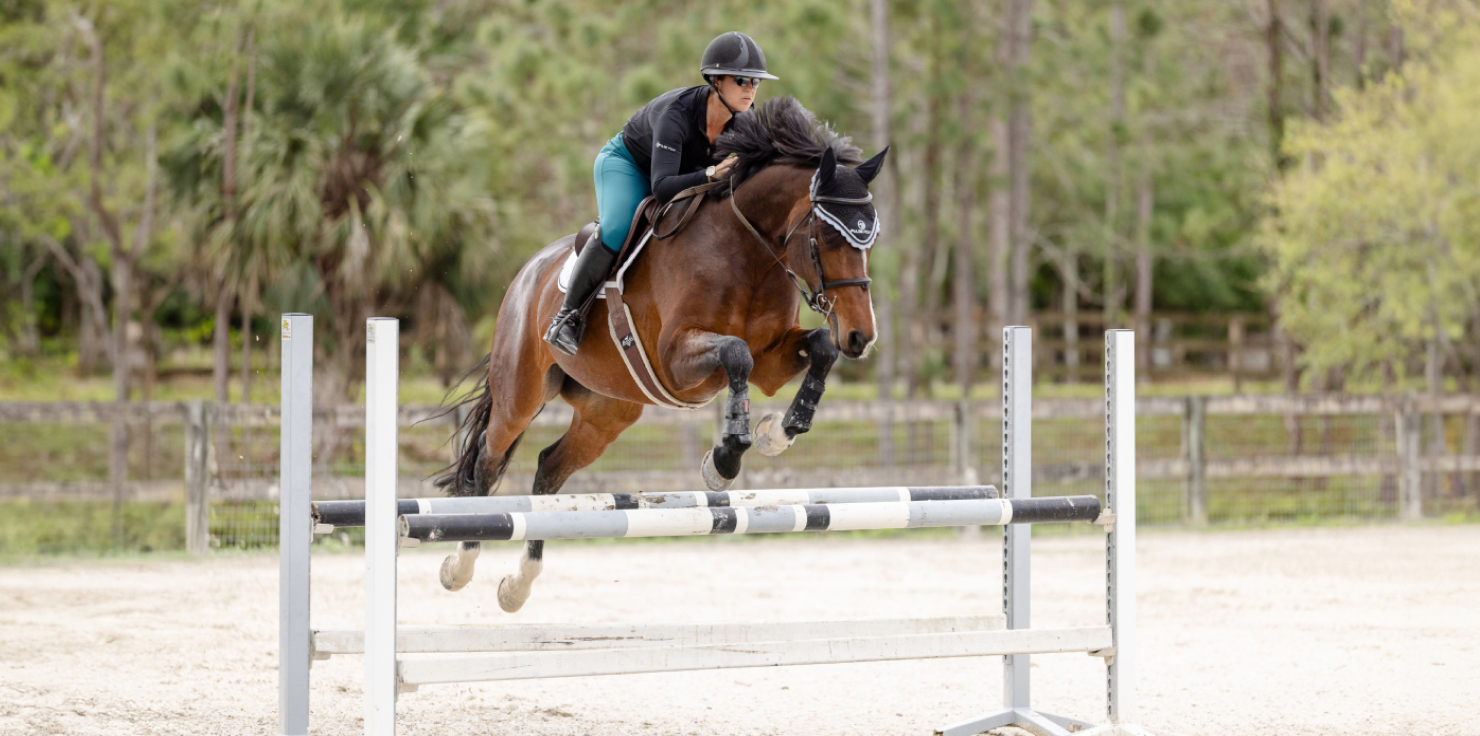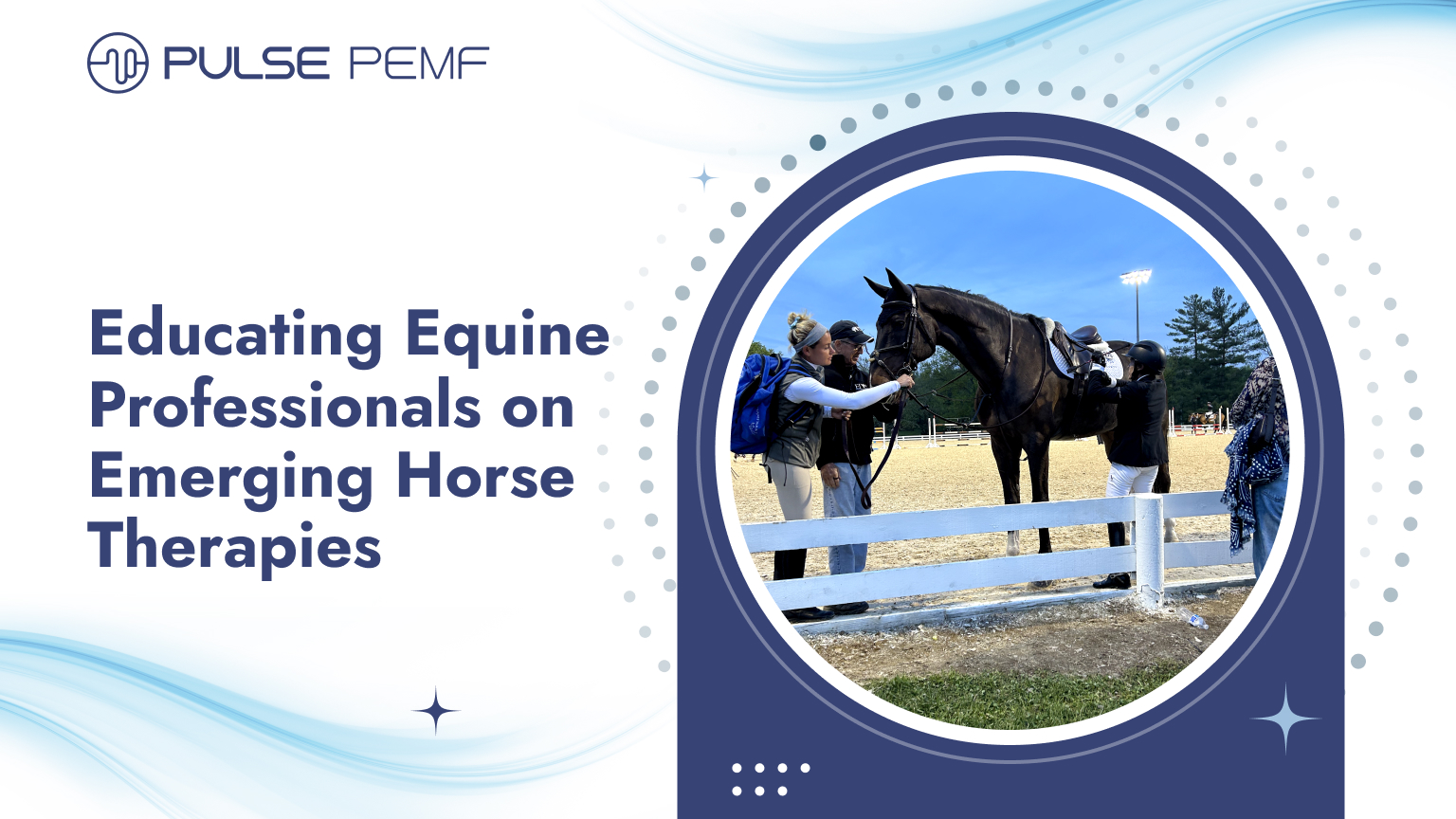The field of horse therapy is rapidly evolving, with new therapies and technologies emerging all the time. To provide the best possible care for their equine patients, equine professionals must stay up-to-date on all the latest advancements.
This blog post will explore methods and strategies for educating equine professionals on emerging horse therapies. By staying informed, you can equip yourself with the knowledge and skills needed to offer cutting-edge care to your equine patients!
The Need for Continuing Education in Equine Care
Staying Current in a Rapidly Evolving Field
Falling behind in equine healthcare knowledge and practices can put horses at risk. Outdated methods may not be as effective or safe as newer approaches. By staying informed, equine professionals can:
- Provide better care: Offer the most effective, scientifically proven, and up-to-date treatments.
- Improve outcomes: Increase the success rate of treatments and rehabilitation.
- Stay competitive: Maintain a competitive edge in the equine healthcare industry.
- Maintain a positive reputation: Build trust and credibility among clients and colleagues.
Options for Educating Equine Professionals
Continuing Education Programs
Enrolling in specialized horse therapy courses and certifications is a valuable way to stay up-to-date on the latest advancements. These programs can provide in-depth knowledge and practical skills, equipping professionals with the tools they need to offer effective care.
Associations and groups to consider may include:
- American Association of Equine Practitioners (AAEP): Offers a variety of continuing education courses and conferences.
- Equine Science Society: Provides educational resources and opportunities for equine professionals.
- Local veterinary schools: Many veterinary schools offer continuing education courses and workshops.
Workshops and Seminars
Hands-on learning through workshops can be a great way to gain practical experience with new horse therapy techniques. Workshops often provide opportunities to observe demonstrations, practice techniques, and ask questions.
Wondering how to find or organize local or regional workshops? Here are some ideas to get you started:
- Check with veterinary schools and professional organizations.
- Search online for upcoming events in your area.
- Consider organizing a workshop with colleagues or local equine professionals.
Online Learning Resources
Digital platforms offer a convenient way to access the latest research and methodologies in horse therapy. Online courses, webinars, and resources can provide valuable information and insights.
Recommended online resources include:
- dvm360: Shares medicine news, expert insights, research, and regulations for veterinary professionals.
- The Horse: Provides news, information, and resources for equine professionals.
- Online conferences: Many conferences offer online streaming or recorded sessions.
Peer Networking and Collaborative Learning
Connecting with other equine professionals can be a valuable way to share knowledge and experiences. By building a professional network focused on horse therapy advancements, you can learn from others and stay informed about the latest trends.
To start building a professional network, try:
- Attending industry events and conferences.
- Joining online forums and discussion groups.
- Participating in local equine organizations.
- Collaborating with colleagues on research or case studies.
By utilizing these methods, equine professionals can stay current on emerging horse therapies and provide the best possible care for their patients.
Implementing Education in Practice
Developing a Learning Plan
To effectively integrate new horse therapies into your practice, it’s essential to develop a structured learning plan tailored to your specific goals. This plan should outline your desired areas of focus, set realistic timelines, and establish clear objectives.
Key steps for creating a learning plan include:
- Identify your goals: Determine which areas of horse therapy you want to specialize in or learn more about.
- Research available resources: Explore continuing education programs, workshops, online courses, and other learning opportunities.
- Set realistic timelines: Establish a timeline for completing your learning plan, considering your workload and commitments.
- Create a budget: Allocate funds for tuition, travel expenses, and other costs associated with your education.
Encouraging a Learning Culture within Equine Facilities

Promoting a learning culture within your equine facility can help foster a team environment committed to providing the best possible care. By encouraging staff to pursue further education, you can create a more knowledgeable and skilled workforce.
Strategies for promoting a learning culture include:
- Offer incentives: Provide financial assistance, time off, or other rewards for staff who participate in continuing education.
- Create a supportive environment: Encourage staff to share their knowledge and experiences with colleagues.
- Provide mentorship opportunities: Pair experienced professionals with newer staff to facilitate learning and development.
Communicating New Knowledge to Clients
Effectively communicating the benefits and applications of new horse therapies to your clients is essential for building trust and attracting new business.
To develop clear, client-friendly educational materials, it’s essential to:
- Use simple language: Avoid technical jargon and explain concepts in a way that is easy to understand.
- Provide visual aids: Use diagrams, charts, or videos to illustrate key points.
- Offer case studies: Share success stories to demonstrate the benefits of new therapies.
- Address common concerns: Anticipate and address any questions or concerns clients may have.
Challenges and Solutions for Providing Education to Equine Professionals

Time and Financial Constraints
One of the biggest challenges for equine professionals is finding the time and resources to pursue ongoing education. Time limitations and financial constraints can make it difficult to invest in courses, workshops, or conferences.
Strategies for overcoming these barriers include:
- Prioritize education: Make time for learning by scheduling it into your calendar.
- Find affordable options: Look for scholarships, grants, or discounts on educational programs.
- Take advantage of online learning: Online courses and webinars offer flexibility and can be more affordable.
- Consider group learning: Join study groups or collaborate with colleagues to share resources and reduce costs.
Information Overload
With so much information available, it can be challenging to sift through and find what’s most relevant. Information overload can lead to confusion and overwhelm professionals.
To identify the most credible sources and stay focused, it’s crucial to:
- Evaluate sources: Ensure that the information you’re consuming comes from reputable sources, such as academic institutions, professional organizations, or peer-reviewed journals.
- Stay focused on your goals: Identify the specific areas of horse therapy that are most relevant to your practice and focus your learning on those areas.
- Use critical thinking: Evaluate information critically and consider multiple perspectives.
Resistance to Change
Some equine professionals may be hesitant to adopt new practices or therapies due to concerns about their effectiveness or the potential for disruption. Overcoming resistance to change is essential for staying current in the field.
Techniques for fostering an open-minded approach include:
- Highlight the benefits: Emphasize the potential benefits of new therapies for both horses and clients.
- Provide evidence: Share research and case studies that support the effectiveness of new practices.
- Offer mentorship: Pair experienced professionals with those who may be resistant to change.
- Create a supportive environment: Foster a culture of learning and innovation within your equine facility.
By addressing these challenges and implementing effective strategies, equine professionals can overcome barriers to ongoing education and ensure they are providing the best possible care for their patients.
The Future of Education

Emerging Trends in Professional Development
The landscape of equine therapy education is constantly evolving, with new technologies and approaches emerging to enhance the learning experience.
Future trends may include:
- Virtual reality training: Immersive simulations can provide hands-on experience without the need for physical interaction with horses.
- Personalized learning: Tailored educational programs that cater to individual needs and learning styles.
- Online platforms: Expanded use of online resources and platforms for accessing educational content.
Technology plays a crucial role in making horse therapy education more accessible and interactive. By leveraging these advancements, equine professionals like you can stay up-to-date on the latest trends and develop the skills needed to excel in the field.
Conclusion
We invite you to connect with other equine professionals and PEMF users to share your knowledge and experiences. By collaborating with your peers, you can contribute to a stronger and more innovative equine industry!
Plus, as a Pulse PEMF Professional, you can receive access to our Private Facebook group that allows you to share about your Pulse PEMF journey, ask questions, and collaborate with other PEMF users.












